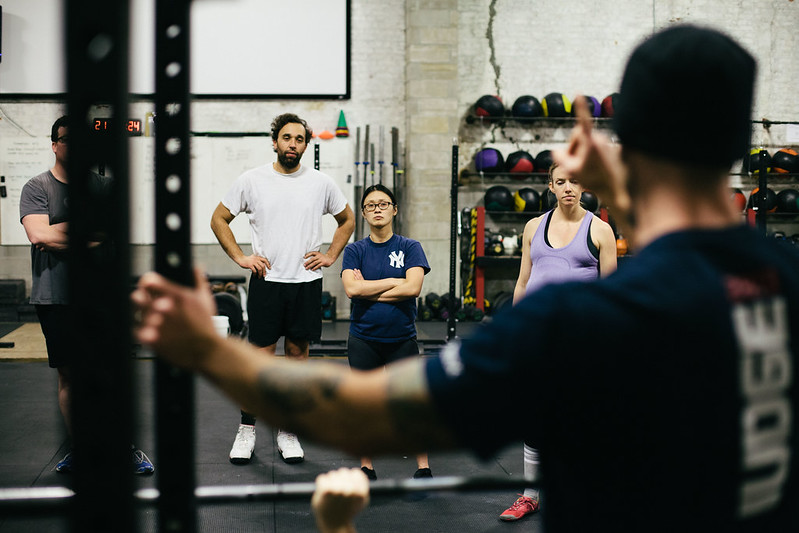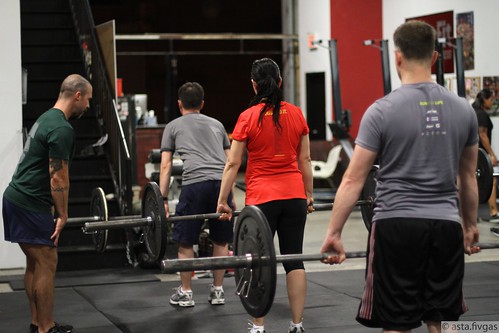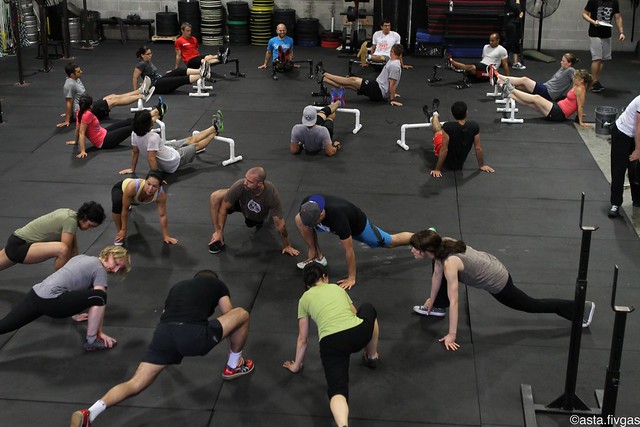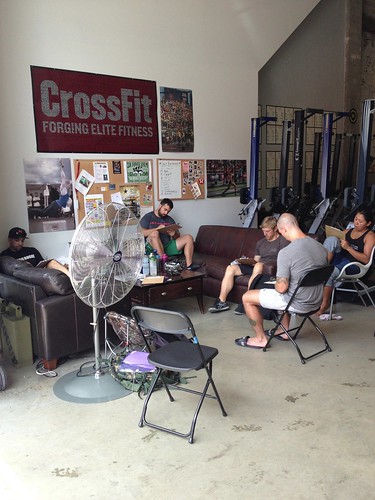Screening Policies for New and Transfer Athletes
 Monday, December 23, 2013 at 12:00AM
Monday, December 23, 2013 at 12:00AM 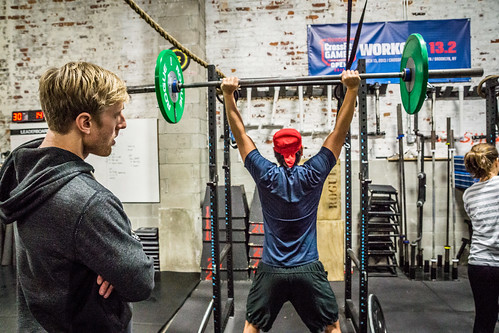
This article is going to kick off a new category about policies that I’ve found to be helpful for running an affiliate. Many of the policies we’ve created were born out of necessity. Over the years, we encountered certain types of situations and started to realize that instead of dealing with people on a case-by-case basis, it would be easier to have set policies that we could refer to, both to make our jobs easier and prevent people from taking decisions personally. Additionally, people inherently respect and respond to order of operations. These policies also help keep coaches and any other staff on the same page.
Any athletic facility that primarily works with the general population (instead of training elite or specific athletes) caters to a steady stream of folks with vastly different physical backgrounds. As any experienced coach knows, some of these people are going to be extremely inflexible or uncoordinated, and they may also have significant preexisting orthopedic issues. Additionally, they might have a stubborn personality that is harder to coach. In this week's article, I'll talk about some ways we screen new members and transfers. The ultimate goals are to consider best practices that maintain a standard of entry into your group class programs and keep people safe.

